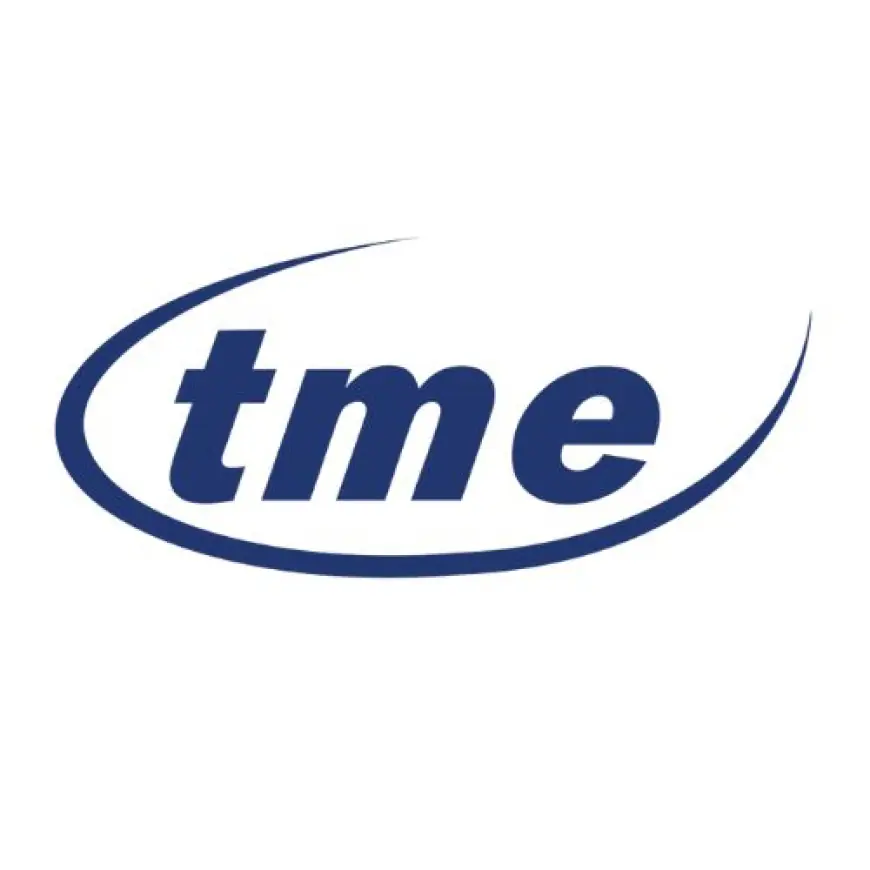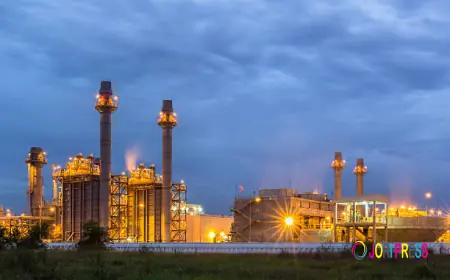Data Acquisition with IoT & MBSE vs CAD in Singapore
TME Systems specialize in marketing, distribution, application, and servicing broad-based high technology products. We firmly believe that the business’s success is pivoted by our team of experienced and dedicated employees, together with the support of our partners and customers, backed by a strong technical sales and engineering team.

Data acquisition (DAQ) is a general method that is employed to gather, quantify, and analyze information about a physical or environmental situation. It is the process of acquiring data from sensors or instruments and interpreting it into a digital form that can be processed by computers. The technology is very important in all sectors, such as manufacturing, energy, healthcare, transport, and research, which require accurate measurements and monitoring systems.
Basics of Data Acquisition
1. Analog-to-Digital Converter (ADC)
An ADC is used to transform continuous analog signals into discrete digital values so that computers and data acquisition systems can process, store, and analyze real-world sensor data with precision.
2. DAQ Software
DAQ software is a program used to collect, visualize, and analyze data, and has the benefit of providing real-time monitoring, logging, and control of connected sensors and devices in industrial or laboratory environments.
3. Signal Conditioning Circuit
Signal conditioning circuits enhance the raw signals of sensors through amplification, filtering, or isolation of signals to provide correct, stable, and noise-free input to ADCs and DAQ systems.
Does Data Acquisition in Singapore Work with IoT?
Yes, the process of data acquisition in Singapore is compatible with IoT. The contemporary systems identify the current state of affairs through sensors and devices that are linked together and connected to the internet. This allows remote monitoring, predictive analytics, and automation, enhancing efficiency, downtime reduction, and smart infrastructure in a variety of industries, such as manufacturing, utilities, and transport.
Key Players and Technologies in Singapore’s IoT Ecosystem
Some of the companies and platforms that play a major role in facilitating the acquisition of IoT data in Singapore include:
- MWI: Provides IoT end-to-end solutions such as sensor deployment, data collection, and dashboard development. They serve off-the-shelf and custom IoT uses of their services,
- SPTel: Offers an IoT-as-a-Service platform, which is a combination of IoT management, edge cloud computing, and analytics. It is a scalable and secure platform that enables the acquisition of data and the lifecycle management.
- Weidmuller: Specializes in industrial IoT solutions, including the acquisition of data, pre-processing, communication, and visualization. Their products are meant to improve efficiency and sustainability in the industrial environment.
Applications of Data Acquisition in Industry
Oil & Gas
The monitors of data are used to track drilling, production, and pipeline systems in real time, which boost safety, operational efficiency, and predictivemaintenanceec,, and minimize downtime and environmental hazards.
Water & Wastewater
Flow, pressure, and quality sensors can be used to collect data and streamline treatment, leak detection, regulatory control, and efficient resource management of water distribution and wastewater systems.
Power & Energy
Monitoring of voltage, current, and load in real-time can be used to optimize energy consumption, identify faults, enhance grid reliability, and aid proactive maintenance in the generation and distribution of power.
Infrastructure & Building Automation
Data acquisition is used to provide environmental, occupant, and system performance measures to automate HVAC, lighting, as well as security to enhance energy efficiency, safety, and operational management in buildings.
Introduction of Model-Based Systems Engineering (MBSE)
MBSE is a systems engineering method that is concerned with the design and use of formal modeling to assist in system requirements, design, analysis, verification, and validation.
In contrast to the document-driven approaches, MBSE relies on a central model as the source of authority in information exchange so that teams can model intricate system interactions, simulate test conditions, and efficiently handle design revisions.
MBSE is specifically applicable when the system under consideration is complex and multidisciplinary, as is the case with aerospace, automotive, defense, and telecommunications, and integrating software, hardware, and human elements is vital.
What Is CAD?
Computer-Aided Design (CAD) is a computerized program that is mainly applied in creating, editing, and recording the designs that are in physical form. The CAD software enables the engineers and designers to create detailed 2D or 3D models of products, parts, and assemblies, which provides the accurate geometrical information to be used in the manufacturing process.
CAD has decades of back support in mechanical and product design and has been used to facilitate prototyping, visualization, and production workflow. Its advantages include comprehensive geometry, simulation of mechanical systems, and their connection to manufacturing systems.
Are Model-based Systems Engineering Replacing CAD?
MBSE does not entirely substitute CAD, but is complementary to it. MBSE is concerned with system design in models and enhances system collaboration and analysis, whereas CAD delivers physical design in detail. Collectively, they facilitate product development, improve precision, and make fewer mistakes, interconnecting conceptual planning with practical engineering implementation.
Differences Between MBSE and CAD
Although MBSE and CAD belong to the category of existing tools in engineering, they have different applications:
- Scope: MBSE deals with complete systems, software, hardware, and processes, but CAD deals with physical design in detail.
- Data Management: MBSE focuses on the knowledge of systems as a model to be simulated and used in decision-making, whereas CAD is mainly used to handle geometry and product specifications.
- Design Approach: MBSE favors the early validation of a system and requirements tracing, whereas CAD is more focused on physical accuracy and manufacturability.
- Collaboration: MBSE enhances cross-disciplinary cooperation, where multidisciplinary teams can view interaction among components, unlike CAD, which mostly serves design and engineering teams.
Benefits of Integrating MBSE with CAD
Improved Communication
When combined with CAD, MBSE lets a team have one comprehensive, authoritative model that can enhance collaboration among the various disciplines involved and has the benefit of f consistent understanding between the initial concept and manufacturing.
Reduced Errors
Early simulation of MBSE detects possible design and system problems and reduces expensive design mistakes, redesigns, and enhances the overall design quality before converting to CAD.
Faster Development
Co-ordinated MBSE and CAD processes facilitate accelerated design iterations and faster decision-making and development timelines without compromising the alignment of the system-level design with binary detailed physical design.
Enhanced Traceability
Model Based Systems Engineering is a lifecycle system requirement tracker directly related to CAD components, allowing verification of compliance, audit preparation, and documentation of design choices.
Challenges of Transitioning to MBSE
MBSE is not adopted without challenges, notwithstanding its merits. Companies tend to invest heavily in CAD tools, and a team requires training to be transformed into a model-based mentality. The integration of MBSE and old CAD systems may be complicated, and not all the design details are yet to be captured in MBSE models..
Conclusion
In Singapore, IoT data acquisition is well aligned with IoT, which allows real-time monitoring, predictive analytics, and automation in industries. Likewise, MBSE does not replace CAD, but complements it with better system-level design, collaboration, nd traceability. The combination of the technologies enhances efficiency, precision, and decision-making in contemporary engineering.
What's Your Reaction?
 Like
0
Like
0
 Dislike
0
Dislike
0
 Love
0
Love
0
 Funny
0
Funny
0
 Angry
0
Angry
0
 Sad
0
Sad
0
 Wow
0
Wow
0
















































